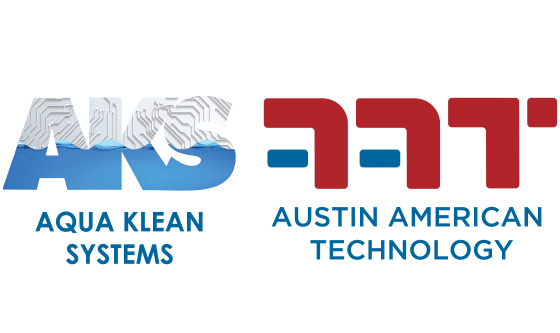There are two main purposes for cleaning electronics: to remove contaminants to ensure product reliability and prepare the product surface for future assembly steps. Contaminants include solder flux or balls, oxides, dirt, dust, oils, fingerprints, adhesives, and various other residues. Removal of these contaminants is crucial as some residues facilitate corrosion and short circuits.
Solvent cleaning is one of the methods used in electronics cleaning. Solvent cleaners work by dissolving undesirable contaminants or residues from the surface of PCBs. Many solvent molecules surround the residue molecules, breaking the residue down into smaller and smaller pieces, until the residue is eliminated from the PCB surface. The solvent fluid, which now contains the dissolved residue molecules, is then removed during the rinse and dry cycles. Solvent cleaning can be found in different electronic cleaning methods, namely vapor degreasers and ultrasonic cleaners.
Examples of Solvents
The simplest solvent system, of course, is water. Beyond that, we have water/solvent combination systems all the way up to a pure solvent system. Solvents range from simple to very complex, specially formulated fluids that were developed to remove specific contaminants. Some examples of solvents include acetone, toluene, hexane, and methyl ethyl ketone.
One of the most common solvents for electronic PCB assembly is IsoPropyl Alcohol, or IPA. IPA effectively dissolves a broad range of contaminants including solder paste and flux residues and is an attractive option due to its high evaporation rate, low toxicity, and non-corrosive properties.
Pros and Cons of Solvent Cleaning
There are many benefits to solvent cleaning of PCBs including:
- Removal of many contaminants including thick, hardened oils, dirt, solder flux, grease, fingerprints, and others
- Generally easy to use
- Solvent chemicals are often relatively inexpensive
- Able to clean parts with complex geometries
- Able to quickly process high volumes, often in under 10-20 minutes
- A good option for cleaning stencils, CCAs, misprints
- Water is often not needed and solvent fluid can often be recycled such as when used in vapor degreasers
The down side of solvent cleaning is often the environmental and safety concerns associated with the solvent chemicals. For example, solvents often have high Volatile Organic Compounds (VOC) content, and may be flammable or combustible and, therefore, handled with caution. Additionally, the solvents eventually need to be disposed of which can oftentimes be a challenge.
Selecting the Right Solvent
There are a variety of electronics cleaning systems available that employ different cleaning methods and use different solvents to facilitate cleaning. How do manufacturers know which cleaning method and solvent is best for a given application? When deciding which cleaning method and solvent is best for a given application, manufacturers first need to determine the contaminants that to be removed and the cleanliness standards and specifications that must be met. Then a solvent can be selected that can remove the specific contaminants that are present. As previously mentioned, there are many types of solvents including water, IPA, complex alcohols, and organic solvents. Hopefully you will be able to identify a single solvent system that is able to remove all of the residues of concern; if not a multi-solvent system may be the best solution. Once the solvent(s) is selected, you can select the cleaning method – keeping in mind your list of cleaning systems may be smaller as not all machines are compatible with every solvent.
AAT’s Electronics Cleaning Solutions
AAT is an innovative, market-leading company, engineering and manufacturing production and assembly systems for the electronics manufacturing industry. From general purpose to high reliability requirements, AAT systems are design-driven by the science of cleaning.
AAT provides a large variety of different cleaning machines for many diverse cleaning applications including: low pressure spray in air, high pressure spray in air, spray under immersion, ultrasonics, solvent cleaning, aqueous cleaning, batch cleaning, in-line cleaning, etc. As a result, AAT has extensive experience and expertise in each of the listed cleaning methodologies and techniques. Below are some of our cleaning systems.
- Mega Series: for pure aqueous, semi-aqueous, or organic solvents with ROSE cleanliness testing
- Aqua Rose Batch: world’s first aqueous batch cleaner and ROSE tester in one!
- Aqua Therm Batch: multiple cleaning technologies in a small footprint
- NanoJet and MicroJet Inlines: known for its small footprint and high performance
- ExtremeJet Inline Micro Hybrid: enhanced wash with 14 spray arms (7 upper, 7 lower)!
- HydroJet Inline: able to wash with chemistry or water in one machine with a small footprint!
Contact us today to learn how we can help with your circuit board cleaning needs.
